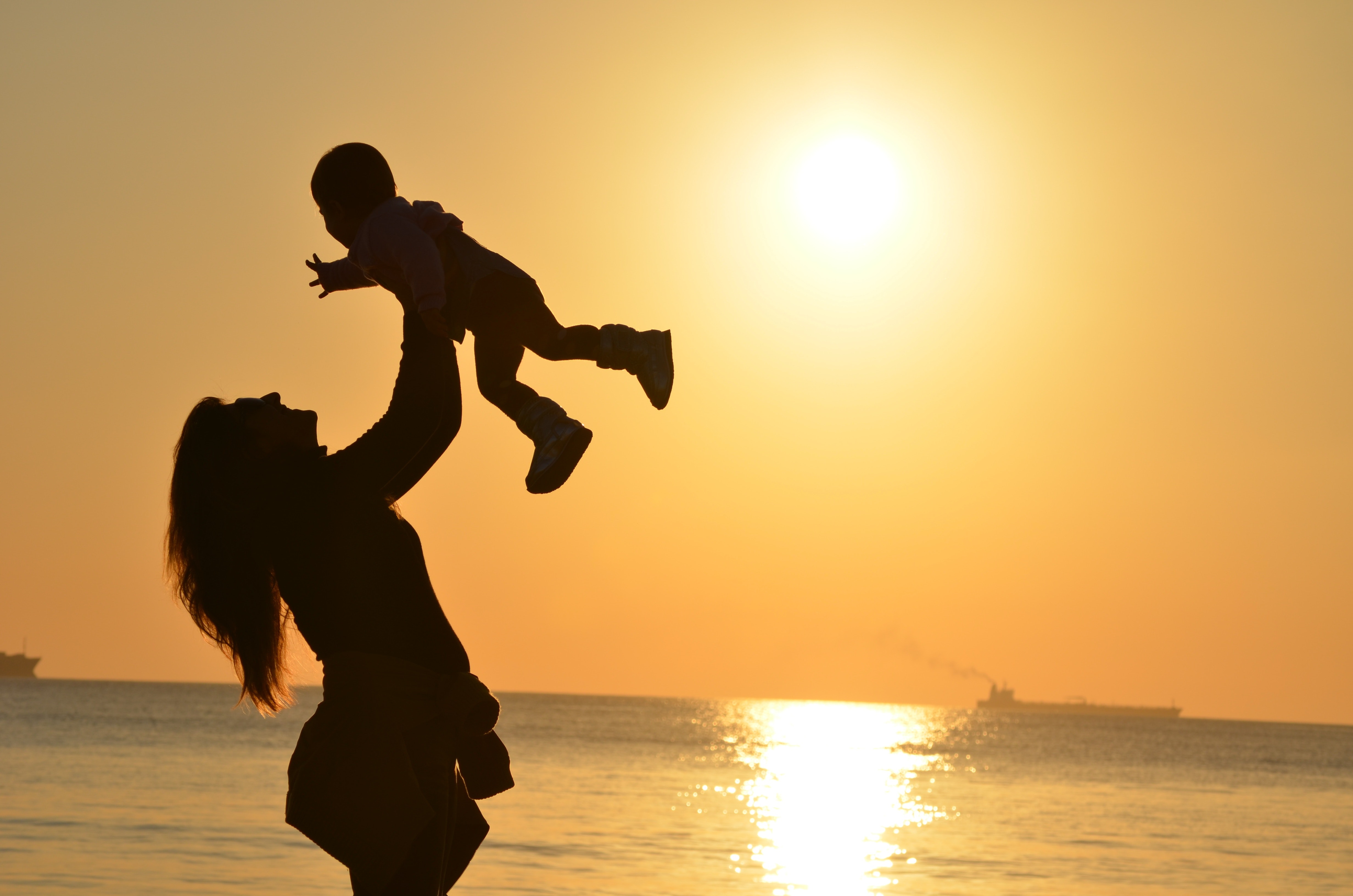
Osteopathic treatment for common postpartum conditions
Postpartum your body enters a period of readjustment as it adapts to the absence of your baby. For 9 months muscles expanded, internal structures were squeezed and displaced and your posture adapted to your ever-changing centre of gravity.
The hormones relaxin and progesterone which softened ligaments during pregnancy are also produced whilst breast feeding. For around 6 weeks after you stop breast feeding, ligaments are still slack due to these hormones. This places additional pressure and increased risk of injury on your body.
It is important to take care of your body during this time. Osteopathy can help to support you so that you can enjoy this beautiful time with your baby.
Here are some common injuries we often see in the clinic when we treat postpartum women:
De Quervains tendonitis (sometimes known as mother’s wrist)
Caused by an inflammation of the tendons located on the thumb side of the wrist. These tendons run inside membranes called synovial sheaths from your forearm to your thumb, to move your thumb away from your hand. If the tendons become inflamed, or the synovial sheath thickens, this restricts movement of the tendons and produces pain. This is commonly caused by repetitively scooping your baby up by their armpits.
Symphysis Pubis dysfunction
SPD is also known as pelvic girdle pain and is located more commonly in the front centre of your pelvis. It can also be present at the back of your pelvis on either side, both during and after pregnancy. When relaxin is released and the ligaments around your pelvis, hips, stomach and pelvic floor slacken, this can cause an imbalance in your pelvic bones. This pain can be debilitating. Even simple tasks such as walking can become painful. Osteopathic treatment can help rebalance the pelvis and surrounding structures to prevent this accumulating effect of symptoms.
Lower back pain and discomfort in the sacroiliac joint
Weakness around the abdominal muscles, pelvic floor, thighs and glutes, combined with manual lifting of your new baby (especially in their car seat!) puts a lot of strain on your back. In the latter stages of pregnancy, your lower back arches into a pronounced lordotic arch in most women. This switches off your glutes and inner thighs and relaxes your pelvic floor and stomach to be able to carry your baby as they get bigger. Whilst these are all essential for pregnancy and labour, it’s a postural habit that needs to be corrected to avoid back pain postpartum.
Knee pain
There can be lots of factors causing knee pain, but in general postnatal women suffer due to the impact of relaxin and progesterone on the joints and their surrounding structures, especially if breastfeeding. The slackening of the ligaments can result in a protective tightening of the tendons around these joints. This combined with the extra manual lifting, altered weight bearing and getting up and down off the floor, when you may not be as strong in the legs and glutes as you were pre-pregnancy, can result in knee pain.
Diastasis recti
Diastasis recti is the partial or complete separation of the rectus abdominis, or “six-pack” muscles, which meet at the midline of your stomach. It is very common during and following pregnancy but can be quickly and easily diagnosed. If mild, it can be treated with osteopathic treatment and a regular yoga or pilates practice. If severe, further investigations may need to be conducted by a consultant. Your osteopath will be able to best advice you on the course of action you may need to take, postpartum.
Please contact us to book your appointment. Mummy MOTs available as soon as you can make it to us, following your birth.
